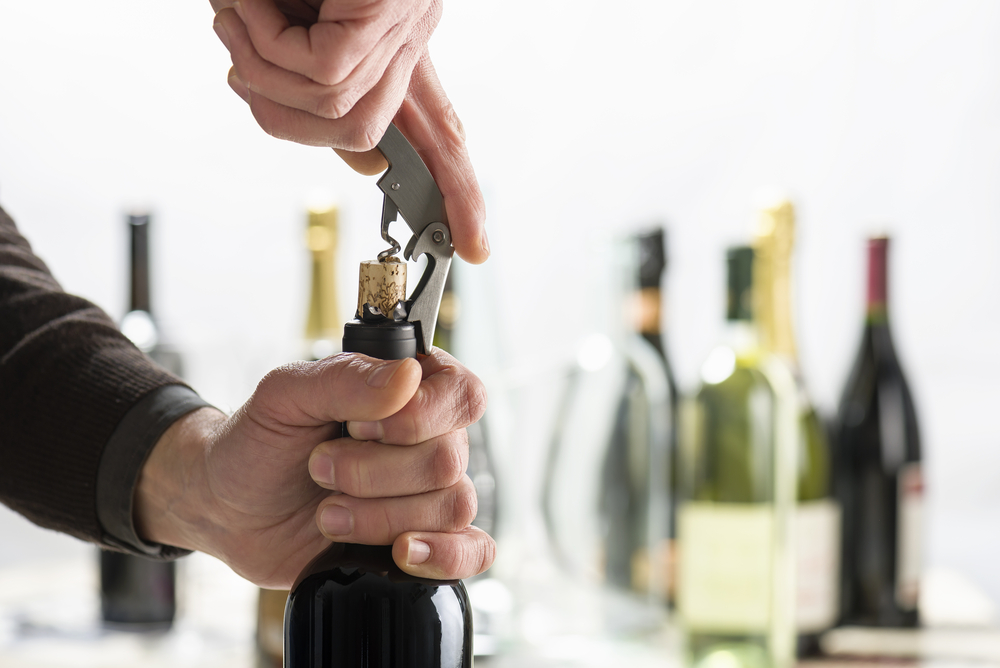We’re commonly asked, ‘How long does an open bottle of wine last?’ The simplest universal answer is one or two days, although some wines can stay fresh longer. For the purposes of this article, we’re assuming that you have simply resealed the bottle with its original cork (with the exception of sparkling wine). The time it takes for a wine to lose freshness depends on many factors. We have created a chart to give you a sense of the shelf life for various wine styles. But first, a brief introduction.
Wine is a living beverage that changes over time. The flavor of a wine will vary significantly from the winery, to your cellar, and to the fridge. The main reason that wine changes over time is oxidation. When oxygen comes into contact with the wine after the bottle is opened, it changes the color, decreases in aroma, and dulls the flavors. From a health perspective, it’s safe to drink oxidized wine, but it’s seldom pleasant. Remember: in this post, we’re trying to determine how long a wine will stay fresh – in other words, how long it will remain an accurate representation of the newly opened bottle. Wines can still be enjoyable after losing their freshness, so be sure to smell or taste wine before discarding it. It might still be alright to drink or cook with – even if it’s no longer fresh.

Sparkling Wine: 1 – 2 days
The loss of carbonation is the main concern for sparkling wine, as it will almost invariably go flat before oxidation becomes a problem. If you have a sparkling wine stopper, it will usually be okay to drink for up to 48 hours. The fuller the bottle, the longer it will last. Also, each time you open it, you lose a lot of carbonation. So, if you want to drink a sparkling wine a day or two after opening it, don’t go back for seconds or thirds in the meantime.
Dry Red, White, and Rosé: 2 – 5 days
There are many factors that influence the rate at which dry wines oxidize. For example, wines with higher tannins or acidity will tend to stay fresh longer. Wines left in the refrigerator tend to last longer than those left on the counter. It’s okay to keep reds in the fridge if you have space and are willing to wait for them to warm up before drinking them.

Dessert Wine: 2 – 7 days
Sugar helps to protect from oxidation, which allows some sweet wines to stay fresh longer than dry wines.
Ruby Port, Vintage Port: 4 – 10 days
Fortified wines retain freshness longer than regular wine, due to their high levels of sugar and alcohol. Ruby Port and Vintage Port are meant to exhibit fresher fruit flavors than other styles and oxidize more quickly than Tawny Port or Madeira.
Tawny Port and Madeira: 1 month – unlimited
These wines not only contain high levels of alcohol and sugar, but they have already been exposed to high levels of oxygen during production and aging. Flavors produced by oxidation are part of the style of the wine. In the case of Madeira, it is usually completely oxidized before it’s bottled, so it can last for years after opening.
Remember, each wine is different and the environment the wine is stored in after opening also plays a role in the amount of time it remains enjoyable. To ensure you’re not wasting a good bottle of wine, it’s best to follow this chart and when in doubt, taste before throwing it out.



